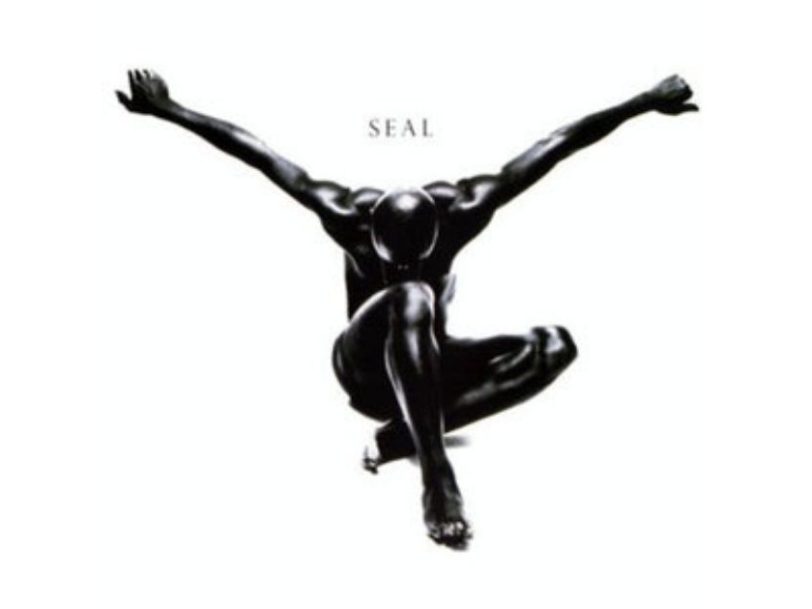The fact that Seal’s second album, which, like his platinum-selling 1991 debut, was self-titled, caused some confusion for record buyers when it was released in the spring of 1994. But while many dubbed it “Seal II”, in order to distinguish it from its predecessor, just one listen made it clear that Seal’s 1994 album was a creative leap on from what had come before.
Listen to Seal’s 1994 album here.
A genius producer, significant guest spots
After the phenomenal success of his debut – which topped the UK albums chart and also spawned the Top 10 UK hits Crazy and Killer – the husky-voiced, six foot three inches singer born Seal Henry Samuel went back into the studio with Trevor Horn, the genius producer behind ABC’s The Lexicon Of Love and Frankie Goes To Hollywood’s Welcome To The Pleasuredome, to create an album that would bring him global fame.
Recorded in Sarm West, the hub of Horn’s ZTT empire, Seal’s 1994 album featured some of the same personnel that had helped put his first record together, among them string arranger and ex-Art Of Noise keyboardist Anne Dudley and guitarist Augustus “Gus” Isadore, who co-wrote six of the records eleven songs. The album also contained guest appearances by two US musicians who had risen to fame as part of Prince’s group The Revolution, guitarist Wendy Melvoin and pianist Lisa Coleman – aka Wendy & Lisa – who collaborated with Seal and Isadore on two tracks. An even more significant presence on the album came via an ultra-rare cameo by one of the best rock and pop songwriters of all time, Joni Mitchell.
A heightened sense of anticipation
Given a single release ahead of the album, Prayer For The Dying, co-written by Seal and Isadore, was a simmering track about finding positivity in life’s bitter experiences, and “playing with fire and not getting burned”. It rose to No.14 in the UK, and fared even better in Canada (where it hit No.2) and on Billboard’s American Alternative Airplay chart, where it peaked at No.3.




